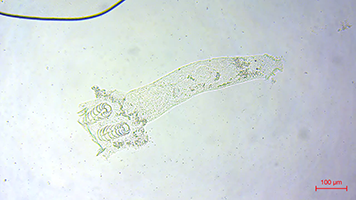The main aim of this project is to determine the role of MPAs in the conservation of parasite and symbiont biodiversity. This is a huge additional benefit of MPAs that has not been previously recognised as current formal conservation only applies for species at higher trophic levels, while their parasites, forming the majority of biodiversity worldwide, are ignored as eligible conservation targets. Globally, more and more studies focus on the important role of parasite and symbiont diversity in healthy ecosystems as well as the role of MPAs in conserving this rich diversity. It has previously been demonstrated that the more disturbed an area is, the less parasites there are of some species and the more there are of others, thus the biodiversity of the first mentioned are reduced, while the pathogenicity of the second group is enhanced. Sampling outside of the MPA will never allow us to fully comprehend parasite infection in both disturbed and protected areas. Marine protection areas and are further compounded by the deleterious effects of pollutants. Although MPAs have boundaries, pollutants do not recognise them and marine organisms, especially apex predators, are greatly at risk. Pollutants hinder conservation efforts no matter how concerted the endeavour and as such should be investigated.
For the project to achieve its main aim we thus need to be able to sample outside as well as within a MPA in order to statistically compare species richness and community structures. This comparison will provide a better understanding of the role of the MPA and will highlight the importance of MPAs to our ecosystem. We have already received the permit from the Department of Environmental Affairs to collect specimens outside of MPAs and now we need the permission and permits for collection inside a MPA to achieve our aim and its associated objectives.



Last updated: February 2025
Comments on the content and accessibility, please contact: Anja Erasmus

